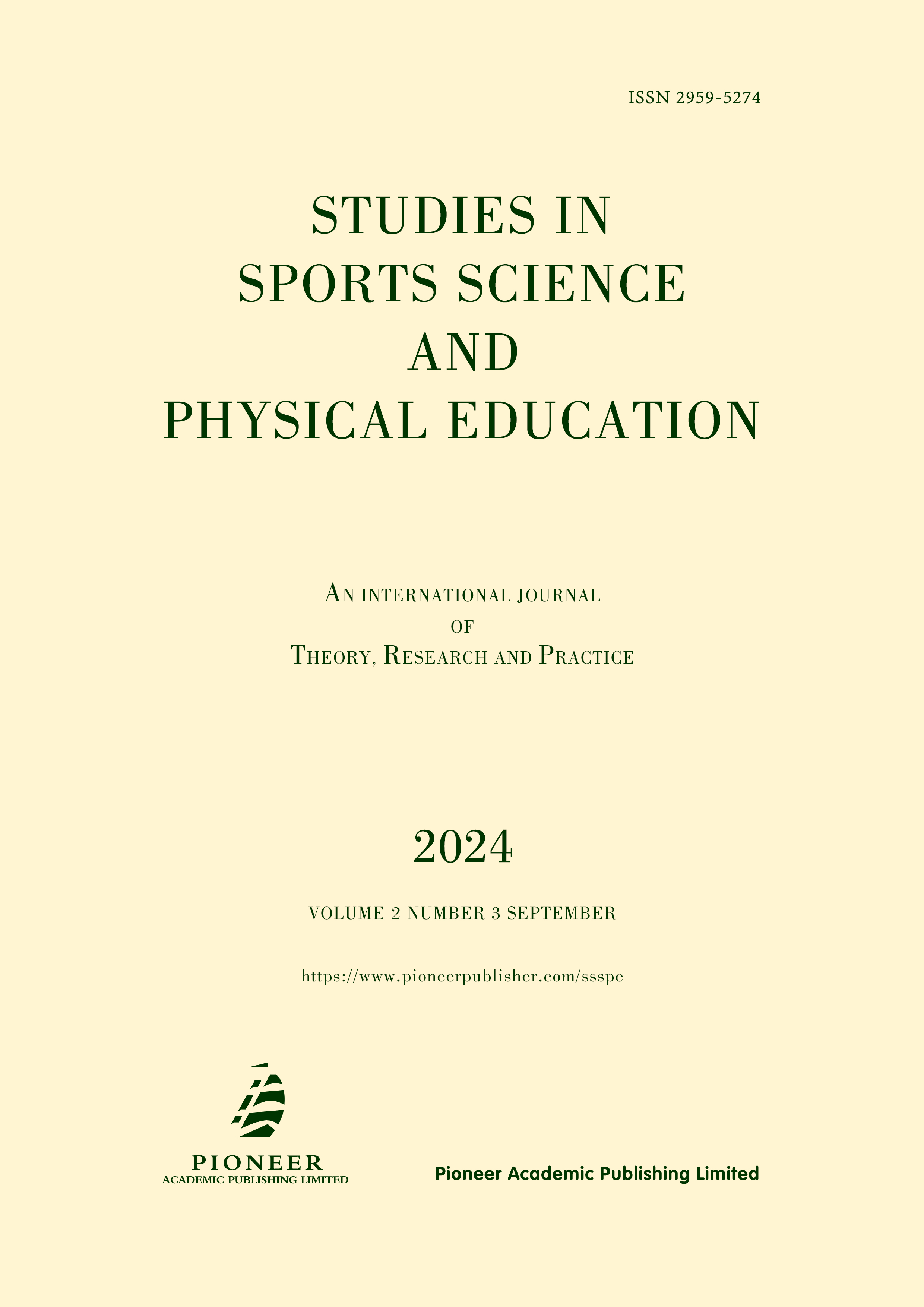The Relationship Between Exercise Frequency and Cognitive Flexibility in Anxiety Disorder Patients Undergoing Combined Exercise and Cognitive Behavioral Therapy
Keywords:
exercise frequency, cognitive flexibility, anxiety disordersAbstract
This study investigates the relationship between exercise frequency and cognitive flexibility in patients with anxiety disorders undergoing combined Cognitive Behavioral Therapy (CBT) and exercise interventions. A longitudinal follow-up design was employed, with 80 participants randomized into four groups: low-frequency exercise, moderate-frequency exercise, high-frequency exercise, and a control group receiving CBT without exercise. Cognitive flexibility was assessed using the Wisconsin Card Sorting Test (WCST), and anxiety levels were measured by the Hamilton Anxiety Rating Scale (HAM-A) at baseline, post-intervention, and during 3-month and 6-month follow-ups. Results demonstrated a significant dose-response relationship, with higher exercise frequencies leading to greater improvements in cognitive flexibility and reductions in anxiety symptoms. The high-frequency exercise group exhibited the most substantial and sustained cognitive and emotional benefits, suggesting the importance of frequent exercise in enhancing and maintaining therapeutic outcomes in anxiety disorder treatment. These findings have critical implications for optimizing treatment strategies that integrate physical exercise with CBT to improve cognitive and emotional health in anxiety disorder patients.


